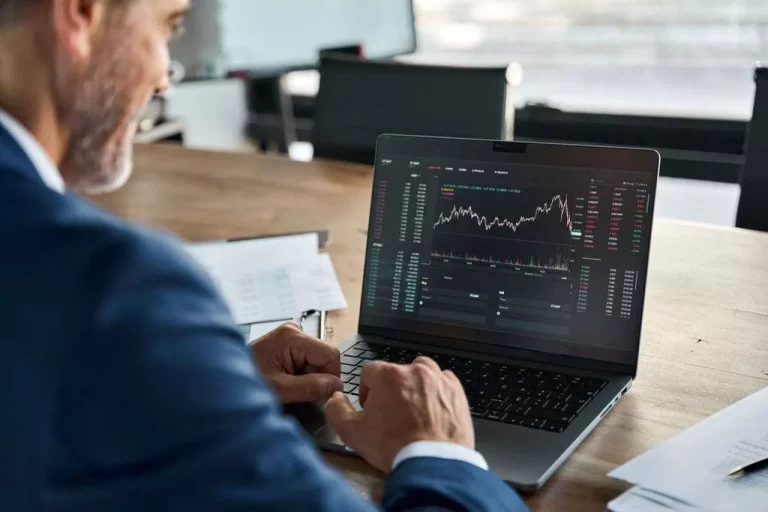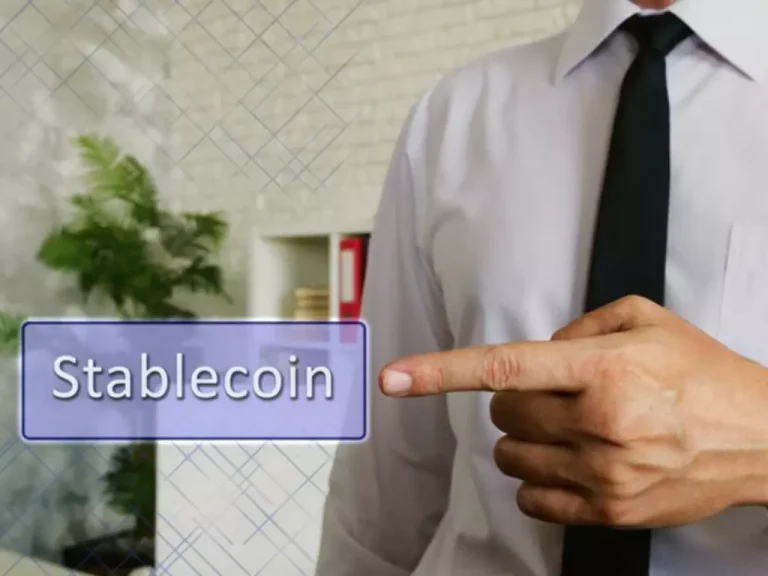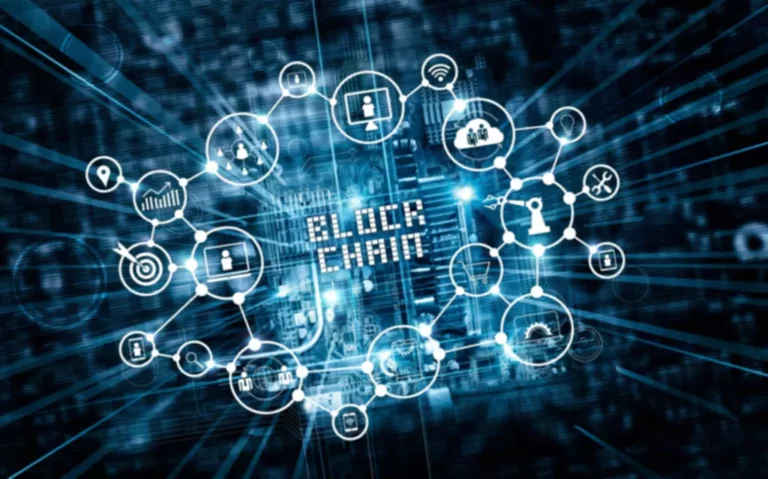What Is An Automatic Market Maker Amm? A Complete Guide
This allows AMMs to actively modify the price of their market to be extra in line with the exterior market worth. Uniswap is a market maker big with over $3 billion whole worth locked (TVL), dominating over 59% of overall DEX quantity. In such a scenario, we are saying that the liquidity of the belongings in question is low.
They may even build whole communities by way of liquidity mining and permit blockchain initiatives to launch new cryptocurrencies with higher ease. As the spine of DEXs, AMMs have brought invaluable innovation to the DeFi landscape and will most likely remain a staple in the area. Slippage refers to the occasion where the precise value changes from its unique worth throughout a commerce. Slippage is worsened by the worth volatility of the property in the pool since traders have an effect on the costs with each transaction made.
Liquidity refers to how simply one asset may be converted into one other asset, typically a fiat foreign money, without affecting its market price. Before AMMs got here into play, liquidity was a challenge for decentralized exchanges (DEXs) on Ethereum. As a new technology with an advanced interface, the number of consumers and sellers was small, which meant it was troublesome to search out sufficient folks prepared to commerce frequently. AMMs repair this drawback of limited liquidity by creating liquidity pools and offering liquidity providers the motivation to produce these swimming pools with assets. The more property in a pool and the extra liquidity the pool has, the better trading turns into on decentralized exchanges.
Fundamentals: What Is An Automatic Market Maker (amm)?
For LPs, these losses are sometimes greater than the income earned via the pool’s charges and token rewards combined. Aside from incomes a portion of the protocol’s fees, the governance tokens represent a further revenue supply for liquidity suppliers. The tokens are known as governance tokens because they usually confer certain rights, corresponding to voting rights on protocol adjustments or rights to a portion of the protocol’s income. This formulation adjusts the costs of every token in the pool based on the variety of tokens, as denoted by “x” and “y”. When merchants purchase ETH, the worth of ETH rises as there’s a lower supply in the pool. On the opposite, BTC worth falls as there’s a larger amount of the asset in the pool.
If such a pool additionally rewards its LPs with yet one more token, these can as quickly as again be staked as properly to maximise yield (hence “yield farming”). The charges earned by LPs are proportional to their liquidity contribution to the pool. For instance, if the LP supplies 1/20 of a selected pool’s complete liquidity, they’ll earn 1/20 of the fees earned by the protocol. Virtual Assets are risky and their worth might fluctuate, which might result in potential features or significant losses. If you don’t perceive the risks concerned, or when you have any questions concerning the PrimeXBT merchandise, you must seek impartial monetary and/or legal advice if necessary. If used correctly, AMMs present a particular technique for exchanging cryptocurrencies that has the potential to be very profitable.

Since crypto assets are risky, there is a possibility that users can revenue more simply by holding on to their crypto quite than putting it in a pool. Impermanent loss describes the discrepancy in worth that occurs over time when evaluating the act of depositing tokens in an AMM to simply holding them in a pockets. This loss occurs when the market-wide price of tokens in an AMM diverges in any course. The income gained by arbitrageurs effectively come from the liquidity providers, resulting in a loss for them.
Problems Of First-generation Amm Models
Automated market makers (AMMs) are decentralized exchanges that use algorithmic “money robots” to supply liquidity for traders buying and promoting crypto property. An automated market maker (AMM) is the underlying protocol that powers all decentralized exchanges (DEXs), DEXs help customers change cryptocurrencies by connecting customers immediately, without an intermediary. Simply put, automated market makers are autonomous buying and selling mechanisms that eliminate the need for centralized exchanges and associated market-making techniques https://www.xcritical.com/. While there are a selection of approaches to AMMs as exemplified by Uniswap and Balancer, the very fact remains that they require liquidity to perform correctly and negate slippages. As such, these protocols incentivize liquidity suppliers by offering them a share of the commission generated by liquidity pools and governance tokens. In other words, you get to obtain transaction fees whenever you present capital for running liquidity pools.
The rewards or the fees are individually determined by every protocol and differ across different AMMs. Uniswap, for example, applies a 0.3% charge to every commerce, whereas Curve applies a fee of 0.04%. In this regard, liquidity is an indicator or a measure of the “availability” or the pace at which an asset can be bought or offered without noticeably affecting its value stability. The Constant Mean Market Maker (CMMM) is a extra versatile mannequin, allowing for AMMs that can deal with greater than two tokens and help weightings past the traditional 50/50 distribution. Each platform has its own particular features and benefits, like Uniswap’s simplicity of use, SushiSwap’s number of DeFi providers, and Balancer’s adaptability in pool design. Which platform is selected finally relies on the person calls for and preferences of the consumer.
The information offered on the Site is for informational purposes solely, and it doesn’t constitute an endorsement of any of the services mentioned or investment, monetary, or buying and selling advice. A qualified professional should be consulted prior to creating monetary decisions. Unlike larger centralized exchanges (CEXs) similar to Binance and Coinbase, AMMs can crowdsource higher liquidity. Limit orders additionally let you specify a minimal price for promote orders in addition to a maximum value for buy orders.
Compared to a conventional exchange where patrons and sellers indicate costs at which they want to trade an asset, AMMs facilitate trades mechanically and immediately between customers and liquidity swimming pools. On AMM platforms, instead of trading between patrons and sellers, customers commerce towards a pool of tokens — a liquidity pool. Users provide liquidity swimming pools with tokens and the worth of the tokens within the pool is decided by a mathematical formulation. By tweaking the method, liquidity swimming pools can be optimized for various functions. Impermanent loss is the difference in token value if users hold tokens in a wallet as a substitute of putting them in a liquidity pool. Due to the constant product formula, the AMM constantly tries to hold up the ratio of tokens offered in a liquidity pool.
Defi
The LPs that contribute cash to the liquidity pool are rewarded with a share of the fees which are generated by merchants buying and selling, which inspires them to take action. The pricing algorithm makes use of a predetermined and transparent mathematical method to determine the change rate between the 2 property in the pool. Using a dynamic automated market maker (DAMM) mannequin, Sigmadex leverages Chainlink Price Feeds and implied volatility to assist what are amms dynamically distribute liquidity alongside the worth curve. By incorporating a quantity of dynamic variables into its algorithm, it could create a extra robust market maker that adapts to changing market situations. Underpinning AMMs are liquidity swimming pools, a crowdsourced assortment of crypto property that the AMM uses to commerce with people buying or selling certainly one of these assets.

The Constant Product Market Maker (CPMM) model, spearheaded by Bancor, was the primary type of CFMM to emerge. Crypto Futures and CFDs products are complex monetary instruments which include a high danger of dropping money quickly because of leverage. You should think about whether or not you perceive how leveraged merchandise work and whether you presumably can afford to take the inherently excessive threat of losing your cash. Bitcoin (BTC) and Ethereum (ETH) are two of the most well-liked cryptocurrencies in existence. Many blockchain projects choose to burn coins as a means of managing the provision of the cryptocurrency. As per the formula, if the supply of one token (x) increases, the supply of the other token (y) must decrease, and vice versa, to uphold the fixed worth (k).
Uniswap V3
On a standard trade platform, consumers and sellers supply up completely different prices for an asset. When different customers find a listed value to be acceptable, they execute a commerce and that price turns into the asset’s market price. Stocks, gold, real estate, and most other assets depend on this traditional market construction for buying and selling. Decentralized exchanges (DEX) known as automated market makers (AMM) enables customers to trade cryptocurrencies with out the usage of an order book or centralized change. Instead, an AMM makes use of a liquidity pool and self executing laptop packages and sensible contracts to make transactions between market members attainable.

As extra liquidity is added, the share of the pool of every supplier decreases, probably lowering the profit every LP derives from fees. The monetary world is constantly evolving, and on the coronary heart of this transformation is the idea of Automated Market Makers (AMM). This revolutionary system has altered the greatest way we commerce and invest, making it crucial for anybody within the finance area to grasp its mechanics and implications. In this information, we will journey through the essentials of AMMs, exploring their objective, functionality, and the significant position they play in the decentralized finance (DeFi) house.
Well-liked Automated Market Makers In The Crypto Space
The largest liquidity pool on Uniswap is the WBTC/ETH pool, which at present has over $150 million value of liquidity. In AMM-based platforms, buying and selling is carried out against a pool of tokens, termed a liquidity pool, somewhat than through conventional buyer-seller interactions. Participants contribute tokens to these swimming pools, and the pricing of these tokens is governed by a particular mathematical formula.
Liquidity Swimming Pools And Liquidity Providers
In these non-custodial AMMs, person deposits are aggregated within a wise contract, providing liquidity for token swaps. Users commerce towards this sensible contract (the pooled assets), instead of instantly with a counterparty, as seen in traditional order book exchanges. AMMs are now the predominant method for token buying and selling throughout the Decentralized Finance (DeFi) ecosystem. Many AMMs employ a “constant product market maker” formula to maintain secure prices for tokens in liquidity swimming pools. An Automated Market Maker (AMM) is a crucial component of the Decentralized Finance (DeFi) panorama.
However, this loss is impermanent because there’s a chance that the value ratio will revert. The loss solely becomes permanent when the LP withdraws the mentioned funds before the value ratio reverts. Also, observe that the potential earnings from transaction charges and LP token staking can generally cowl such losses.
